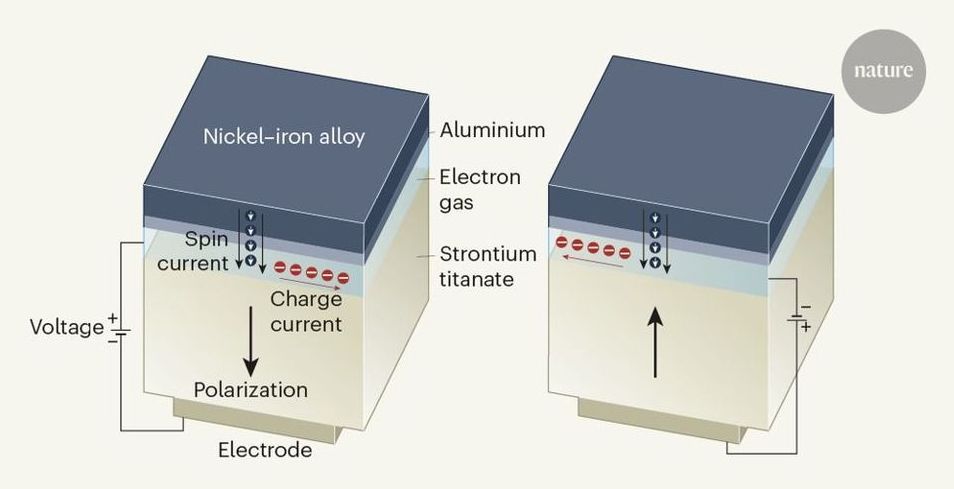Rochester Institute of Technology scientists have developed the first three-dimensional mass estimate to show where microplastic pollution is collecting in Lake Erie. The study examines nine different types of polymers that are believed to account for 75 percent of the world’s plastic waste.
Plastic behaves differently in lakes than in oceans; previous studies on both have indicated the levels of plastic pollution found on the surface are lower than expected based on how much is entering the water. While massive floating “islands” of accumulated plastic waste have been found in oceans, previous studies have indicated the levels of plastic pollution found on the surface of Lake Erie are lower than expected based on how much is entering the water.
The new RIT estimate for the 3D mass—381 metric tons—is more than 50 times greater than the previous estimates at the surface. The study also generated the first estimate of how much plastic is deposited on the bottom of the lake. It accounts for the unique properties of different types of plastics and shows that the three polymers with the lowest density—polyethylene, polypropylene and expanded polystyrene—accumulate on the surface of the lake while the other six polymers were concentrated in the sediment.








